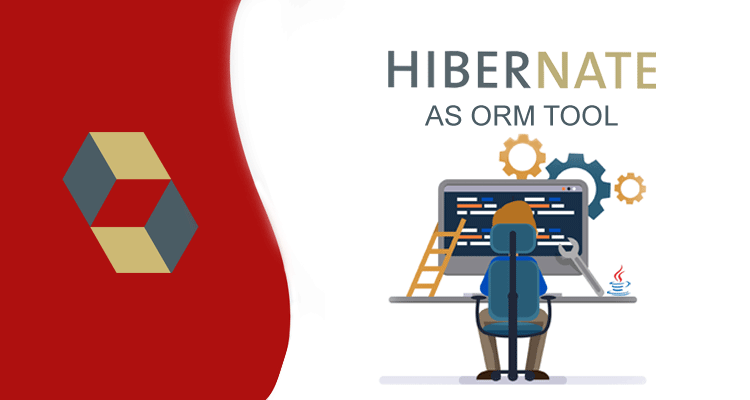HIBERNATE AS ORM TOOL

Object Relational Mapping (ORM) method is used for mapping objects into database systems. The instance of classes refers to rows and attributes of a class instance refers to column of table in database.
Hibernate is a persistence framework based on ORM method that allows to relieve form common database oriented problems. The Hibernate architecture is composed of four layers Java application layer, Hibernate framework layer, Backhand api layer and Database layer. These layers are needed to keep it isolated from underlying APIs. The components of Hibernate Architecture are Session Factory, Session, Transaction Factory, Transaction, Configuration interface. The Hibernate acts as a bridge between Java applications and relational database.
Configuration Interface
It is used to configure the hibernate such as DataSource name, Mapping Resources and etc. Hibernate Mapping documents are located using this interface.
Configuration cf= new Configuration();
cf.configure(“hibernate.cfg.xml”);
SessionFactory
It holds a second level cache (optional) of data. A Single session factory is used for the whole application. The org.hibernate.SessionFactory interface provides a factory method to get the object of Session. Session factory is highweight.
SessionFactory sessionFactory= cf.buildSessionFactory();
Session interface
This interface act as an intermediate between application and data
Session session=sessionFactory.openSession();
Transaction Interface
It is an optional interface. This interface abstracts the code from any kind of transaction implementation. The org.hibernate.Transaction interface provides methods for transaction management.
Transaction t= session.beginTransaction();
TransactionFactory
Its a factory of transaction
Persistent objects and collections
Persistent objects are associated with exactly one org.hibernate.Session. Once the org.hibernate.
Query and Criteria Interface
It allows the user to perform various queries and also control the query execution flow.

